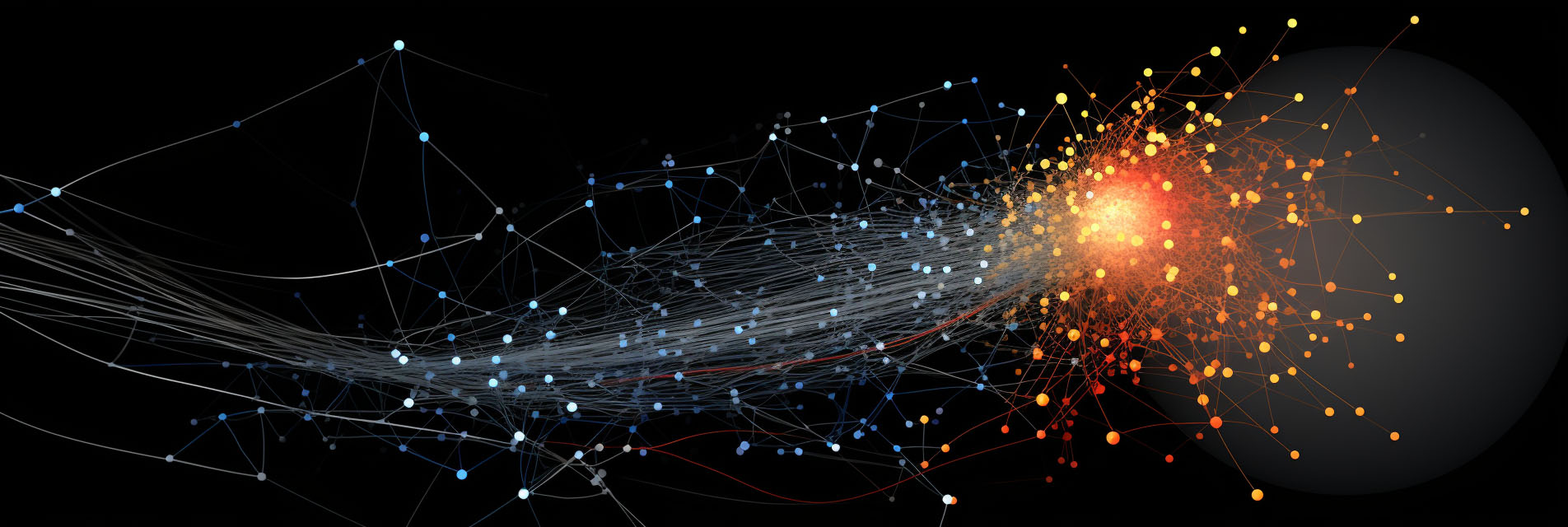Locally linear embedding

Locally Linear Embedding (LLE) is a manifold learning technique used in machine learning and pattern recognition for dimensionality reduction. Developed by Sam Roweis and Lawrence Saul in 2000, LLE aims to map high-dimensional data into a lower-dimensional space while preserving the geometry of local neighborhoods. Unlike linear techniques like Principal Component Analysis (PCA), LLE is capable of capturing the complex, nonlinear structure inherent in many types of data.
The basic idea behind LLE is to represent each data point as a linear combination of its nearest neighbors. The algorithm starts by identifying the nearest neighbors for each point in the high-dimensional space. Then, for each point, it computes the weights that best reconstruct the point from its neighbors. These weights are determined by solving a constrained optimization problem. Once the weights are computed, they are used to construct a lower-dimensional embedding that best preserves these local relationships.
LLE has been applied in various domains, including image recognition, natural language processing, and bioinformatics. For example, in image recognition, LLE can be used to reduce the dimensionality of image data while maintaining the essential features needed for classification. In natural language processing, it can help in capturing the semantic relationships between words or documents when represented in high-dimensional spaces.
However, LLE also has its limitations. One of the main challenges is the computational cost, especially when dealing with large datasets. Finding the nearest neighbors and solving the optimization problems can be computationally intensive. Additionally, the quality of the embedding can be sensitive to the choice of parameters, such as the number of nearest neighbors and the regularization term in the optimization problem.
In summary, Locally Linear Embedding is a powerful technique for dimensionality reduction that can capture the nonlinear structure of data by preserving local geometric relationships. While it offers advantages over linear methods in handling complex data structures, it also comes with computational challenges and sensitivities to parameter settings. Nonetheless, LLE remains a widely used tool in machine learning for tasks that require the understanding and simplification of high-dimensional data.